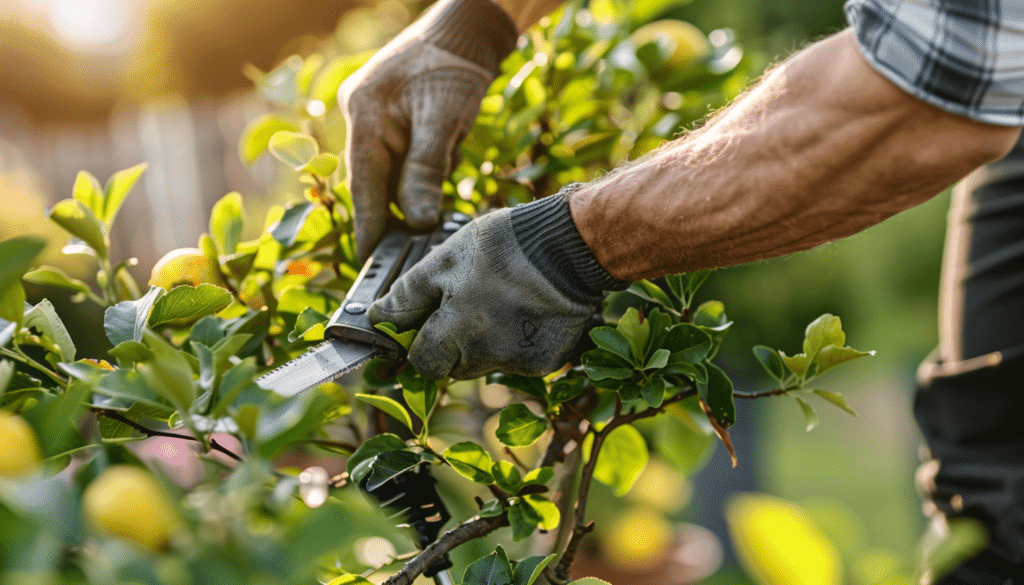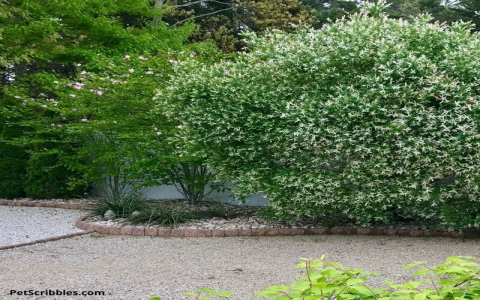Okay, so, I got this Jane Magnolia tree in my yard, right? It’s a pretty thing, especially when those pinkish-purple flowers pop up in the spring. But, like any plant, it needs a bit of a haircut now and then to keep it looking sharp and healthy.
So this year, I decided to take on the task of pruning my Jane Magnolia. Now, I’m no expert gardener, but I do like to get my hands dirty and learn as I go. First thing I did was wait until the right time. I remembered reading somewhere that you should prune these guys right after they finish blooming. Makes sense, right? You don’t want to cut off those pretty flowers before they’ve had their time to shine.

After the flowers started to fade, I got my tools ready. Nothing fancy, just a pair of pruning shears and some gloves. I made sure the shears were clean and sharp – you don’t want to be hacking away at the branches with dull blades, that’s just asking for trouble.
- Step one: I stood back and looked at the whole tree. I wanted to get a sense of its shape and see which branches were causing problems. You know, the ones that were crossing over each other, growing inwards, or just looked plain wonky.
- Step two: I started with the small stuff. Dead or diseased branches, those were the first to go. Easy peasy, just snip them off at the base.
- Step three: Then, I moved on to those crossing branches. The idea here is to keep the branches growing outwards, creating an open and airy shape. This helps with air circulation and lets the sunlight reach all parts of the tree.
- Step four: For the thicker branches, I used the “three-cut method” that I’d seen some gardeners use online. It’s a bit more involved, but it helps prevent the bark from tearing. Basically, you make a small undercut a few inches away from the trunk, then saw through the branch from the top, a bit further out than the undercut. Finally, you remove the stub by cutting it close to the trunk, just outside the branch collar.
I took my time, making sure each cut was clean and at the right angle. You want to cut just outside the branch collar, that little swollen area where the branch meets the trunk. That’s where the tree’s natural healing happens, so you don’t want to damage it.
After a couple of hours, I was done. The tree looked much tidier, and I felt pretty good about my work. It’s always satisfying to see the results of your labor, especially when it involves getting a little closer to nature.
What I learned
The main thing I learned is that pruning isn’t as scary as it seems. As long as you do a bit of research, take your time, and use the right tools, it’s totally doable. Plus, it’s good for the tree! It helps it grow stronger and healthier, and it keeps it looking its best.
Now, I’m just waiting to see how my Jane Magnolia responds to its little trim. I’m hoping for a burst of new growth and, of course, another beautiful display of flowers next spring. Fingers crossed!




















